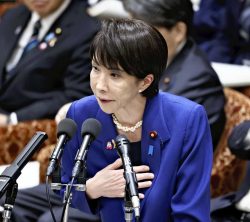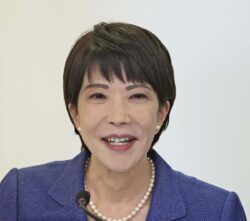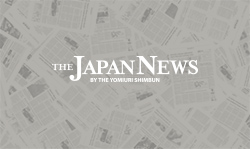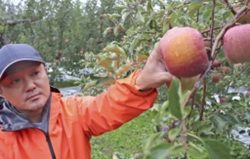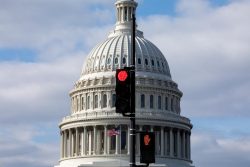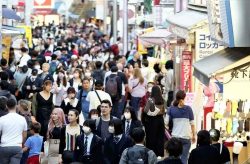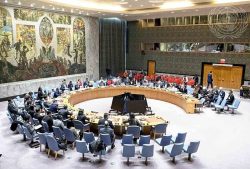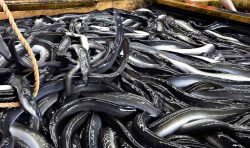Japan Govt May Sell More Imported Rice for Table Use; Plan Would Ease Limits on Use of ‘Minimum Access Rice’
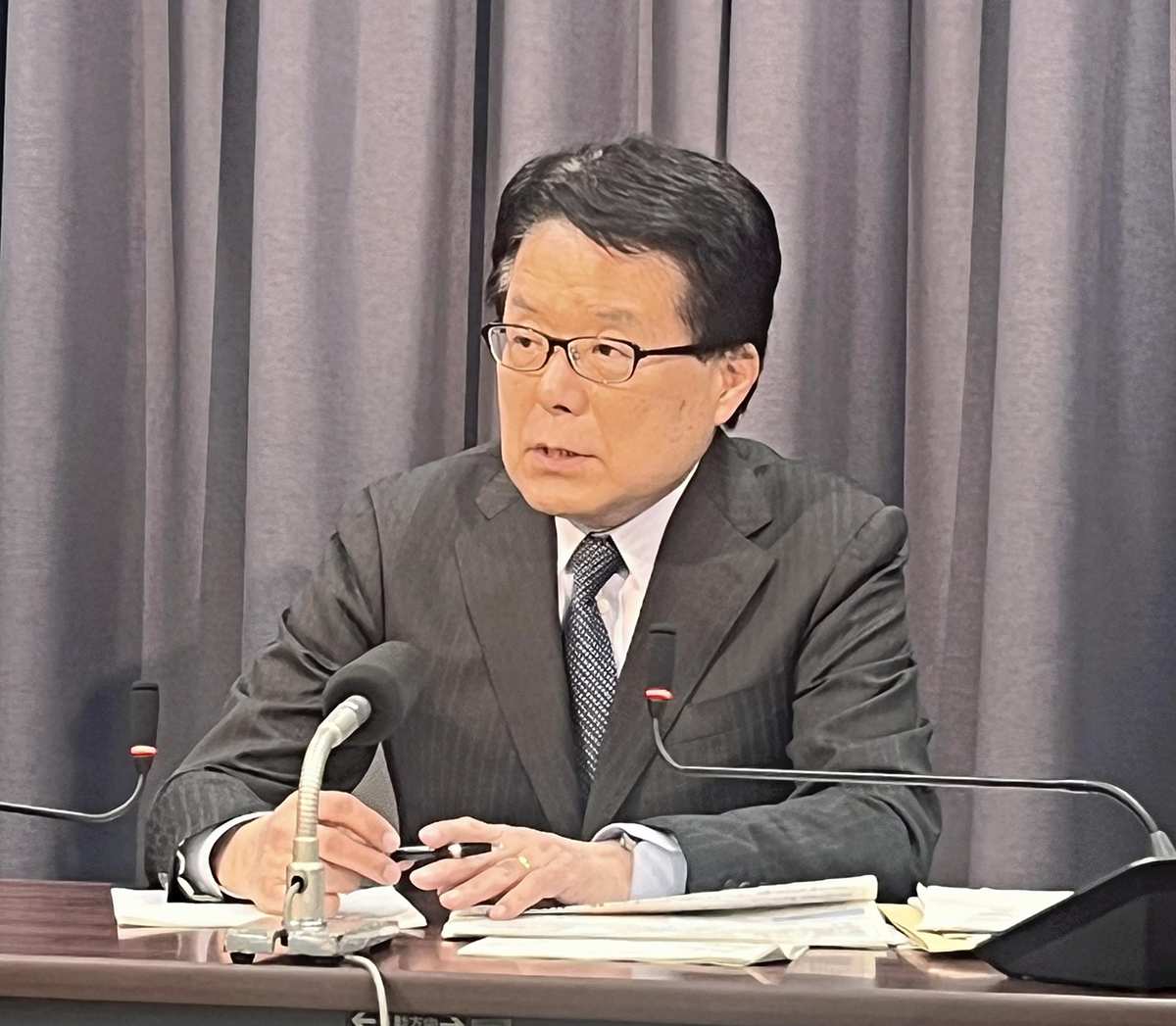
Hiroya Masuda, acting head of a subcommittee of the Finance Ministry’s Fiscal System Council, speaks to reporters after a meeting of the subcommittee at the ministry in Chiyoda Ward, Tokyo, on Tuesday.
6:00 JST, April 18, 2025
More imported rice could appear on Japanese tables under a newly proposed plan from the Finance Ministry, aimed at dealing with a rice shortage.
Currently, the government itself imports about 770,000 tons of rice tariff-free, an amount known as “minimum access rice.” Under a cap set by a council of the Agriculture, Forestry and Fisheries Ministry in its basic guidelines each fiscal year, the amount of minimum access rice sold for use as food, sometimes called “table rice,” is limited to 100,000 tons in an effort to protect domestic rice farmers.
On Tuesday, a subcommittee of the Finance Ministry’s Fiscal System Council, an advisory panel to the finance minister, proposed a plan to achieve a stable supply of rice by raising that cap.
The ministry’s intention for the plan is to bring down the price of rice. Yet farmers may oppose the plan, so it is unclear whether the plan will go ahead.
In recent years, the amount of imported rice allocated for table use never reached the 100,000-ton cap, even in auctions. In fiscal 2024, however, a rice shortage became a serious problem, and imported table rice sold out for the first time in seven years. Imported rice procured by the government but not sold as table rice is distributed to the private sector as animal feed or for processing.
Under the Finance Ministry plan, the cap on the amount of imported rice for table use will be raised so that more imported rice can be sold as food when there is a short supply of rice. The timing of rice auctions, which are held in September or later, will be reviewed as well, so that auctions can take place earlier if there is a rice shortage. The plan will make it easier to adjust the quantities of rice distribution according to domestic demand.
Burdens on the government will be relieved as well. Selling rice for cattle feed and other purposes is less profitable because the prices are cheaper than table rice. Minimum access rice imposes a financial burden on the government that totaled ¥68.4 billion in fiscal 2023, including storage costs. Such a financial burden on the government can be eased if more imported rice is allocated for table use.
Due to the rice shortage, rice imported by the private sector in the first 11 months of fiscal 2024 (as of the end of February) amounted to 1,497 tons, nearly quadruple the level seen in recent years. Since that imported rice falls outside the tariff-free limit, trading companies and other importers procured it by paying a tariff of ¥341 per kilogram. The government intends to ease such a burden on the private sector by increasing the amount of tariff-free imported rice it puts on the market for food consumption.
“Even after the release of stockpiled rice, rice prices are still high. It will be useful to have more means [to balance supply and demand],” said Hiroya Masuda, the acting head of the Finance Ministry subcommittee.
The ministry is planning to implement the plan by including it in the Basic Policy on Economic and Fiscal Management and Reform, which the government will compile as early as June.
More stockpiled rice coming
The government’s stockpiled rice released to stabilize rice prices will be distributed nationwide, including to supermarkets in regional areas, as early as late this month, according to remarks by Agriculture, Forestry and Fisheries Minister Taku Eto at a press conference after a Cabinet meeting on Tuesday.
Stockpiled rice began appearing on the shelves at some supermarkets in late March, but it has not arrived at small or medium-sized supermarkets yet, and the price of rice remains high.
The Agriculture, Forestry and Fisheries Ministry conducted the first auction for stockpiled rice on March 10-12 and the second auction on March 26-28. Since then, the ministry has released 210,000 tons of rice in stages. Eto previously said the rice will start to hit the shelves around April 10. At a meeting the ministry held with wholesale and retail associations on Monday, some voiced opinions that there were disparities in distribution.
The ministry is planning to hold a third auction in late April.
“We have to conceive ways to evenly distribute the rice not only to large-scale stores but also to local rice shops,” Eto said.
"Politics" POPULAR ARTICLE
-

Japan to Support Central Asian Logistics Route That Bypasses Russia, Plan to Be Part of Upcoming Summit in Tokyo
-

Japan to Tighten Screening of Foreigners’ Residential Status by Providing Information of Nonpayment of Taxes
-

Chinese, Russian Bombers Flew Unusual Path by Heading Toward Tokyo; Move Likely Meant to Intimidate Japan
-

Japan Plans National Database to Track Foreign Ownership of Real Estate, Land as It Weighs New Rules
-

Up to 199,000 Deaths Estimated From Mega-Tsunami; Most Recent Occurrence Took Place in 17th Century
JN ACCESS RANKING
-
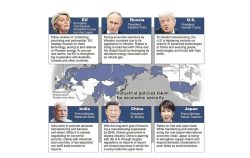
Tokyo Economic Security Forum to Hold Inaugural Meeting Amid Tense Global Environment
-

Keidanren Chairman Yoshinobu Tsutsui Visits Kashiwazaki-Kariwa Nuclear Power Plant; Inspects New Emergency Safety System
-
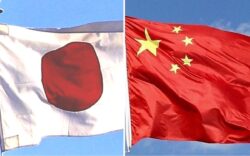
Imports of Rare Earths from China Facing Delays, May Be Caused by Deterioration of Japan-China Relations
-

University of Tokyo Professor Discusses Japanese Economic Security in Interview Ahead of Forum
-
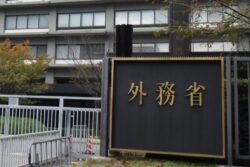
Japan Pulls out of Vietnam Nuclear Project, Complicating Hanoi’s Power Plans


